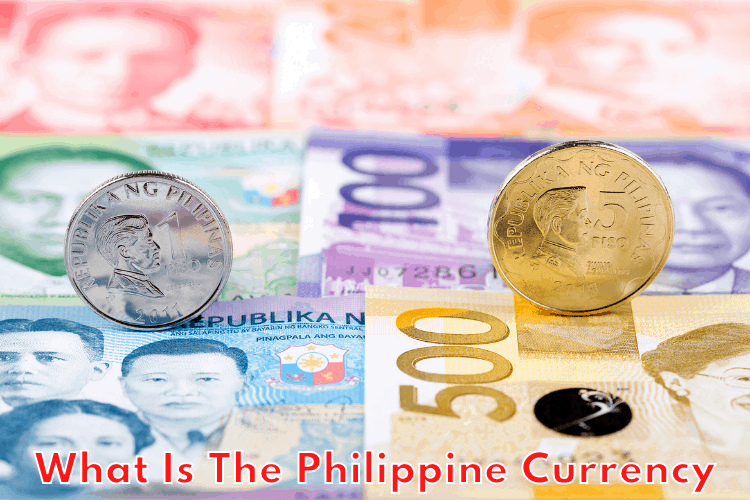 If you are looking for places to visit in the Philippines, then there are so many places you can choose from. The Philippines is an island nation. It is a very beautiful tropical country with a tropical climate, famous for its beaches and rich cultural heritage. There is a variety of natural attractions here, from breathtakingly beautiful beaches to lush jungles and high mountains, from historic cities and thriving cities to small villages and fishing villages, all in different unique combinations. This article will focus on three of the more popular places to visit in the Philippines: Manila, Boracay and Pasig.
If you are looking for places to visit in the Philippines, then there are so many places you can choose from. The Philippines is an island nation. It is a very beautiful tropical country with a tropical climate, famous for its beaches and rich cultural heritage. There is a variety of natural attractions here, from breathtakingly beautiful beaches to lush jungles and high mountains, from historic cities and thriving cities to small villages and fishing villages, all in different unique combinations. This article will focus on three of the more popular places to visit in the Philippines: Manila, Boracay and Pasig.
Manila: Being the capital of Philippines and the largest city in the country, Manila is one of the most famous destinations in the country for tourists who travel to the country. Manila is home to many historical buildings, museums and monuments that depict the history of Philippine society, including the Spanish colonizers, British and the Americans. There are several museums here where visitors can see authentic pieces of Filipino art and architecture such as old church plans (a kind of narrow stone paved prayer area), beautiful Manila slums, Filipino workers in New York City who are familiar with the culture of their homeland and many more. The Manila Sky Tower is another impressive landmark in Manila that offers wonderful panoramic views of the city and countryside.
Cebu: Cebu is currently the most populous of all the Philippine Islands. The Philippines has three major islands, each with its own distinct cultural and geographic characteristics. One of them, Boracay, is famous for its exotic natural attractions such as El Nido, which is a stretch of sandy beach in Cebu that boasts of unique cacti, white sandy beaches, turquoise blue water and lagoons ideal for diving and snorkeling. One other island, Pagadian, is a series of limestone caves and sinkholes situated in a bay surrounded by forested mountains and is considered the Natural Bridge between Mindanao and the mainland of Cebu. The other two islands in the chain, Cayao Bula and Baguio, are home to Mindanao’s cultural and heritage marvels such as the San Juan de Las Marietas Church, the St. Lorenzo Cathedral and the exquisite Cebu de Manzanillo, which is the largest town on the island.
 The Philippine languages are unique and have evolved over time. While English and Spanish are the more popular languages here, some communities in the rural areas and hill tribes speak a unique dialect which is referred to as Tagalog or Filipina. Though the government has made every attempt to standardize the Philippine languages, there are still many communities in the country where the dialect may be quite different from the standard language.
The Philippine languages are unique and have evolved over time. While English and Spanish are the more popular languages here, some communities in the rural areas and hill tribes speak a unique dialect which is referred to as Tagalog or Filipina. Though the government has made every attempt to standardize the Philippine languages, there are still many communities in the country where the dialect may be quite different from the standard language.
 Discover what is Philippine currency, and facts about the Philippine stock market. The currency is called the Peso, and has a long history in the country. Compared to other currencies in Asia, it is relatively stable.
Discover what is Philippine currency, and facts about the Philippine stock market. The currency is called the Peso, and has a long history in the country. Compared to other currencies in Asia, it is relatively stable.
